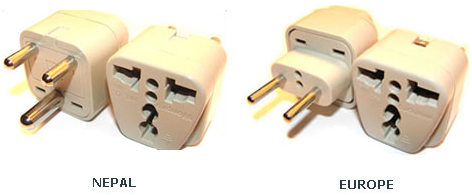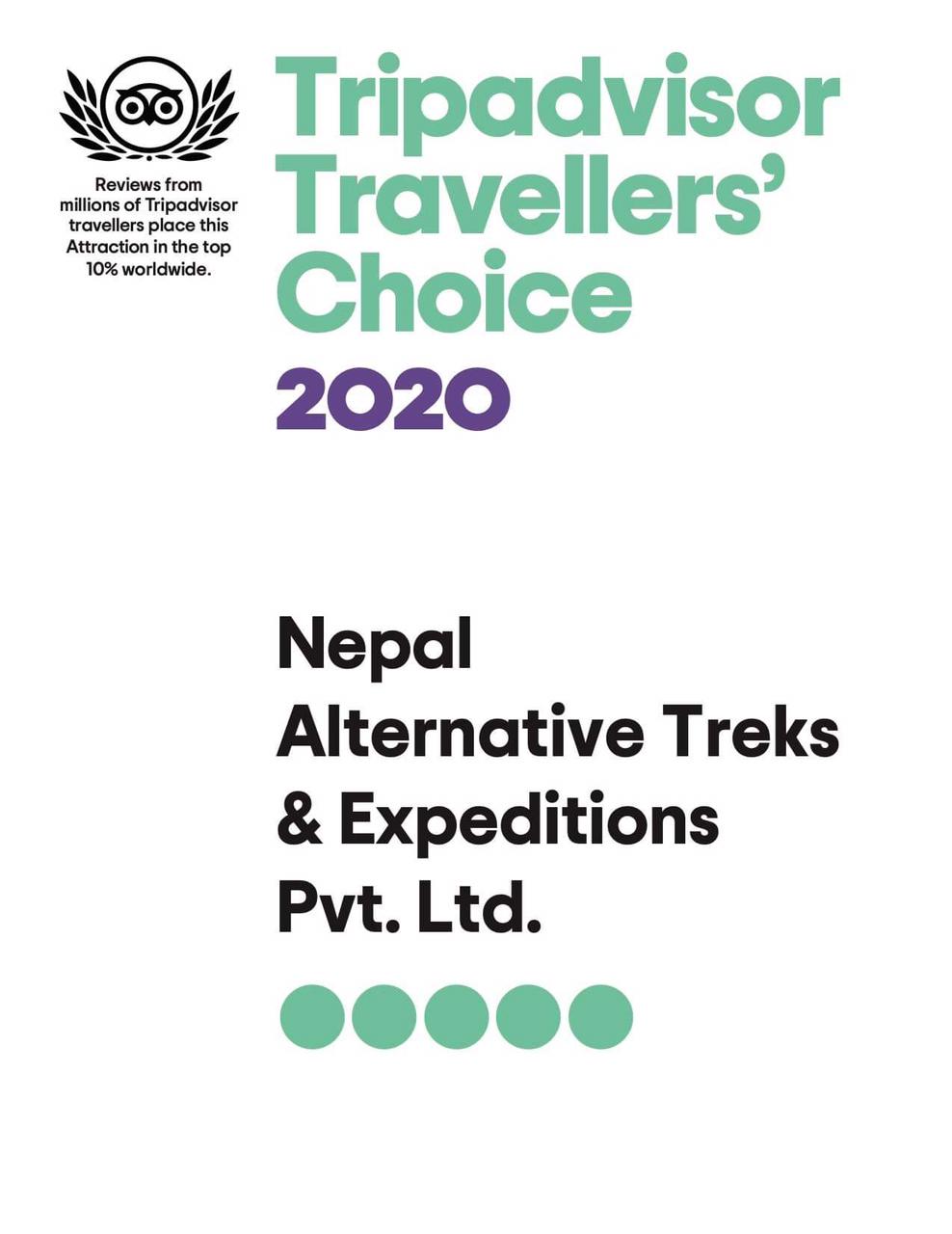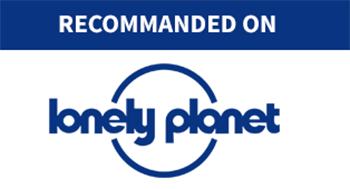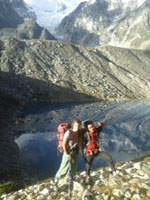|
Owing to a sudden change in climate, altitude and other factors, it is obvious that there could arise some alterations in your health. It would be hard to know all aspects of Nepal's health problems. However, it would be useful to gather information on altitude sickness (AMS), diarrhea, dysentery, cholera, hepatitis rabies, typhoid, tetanus, meningitis diphtheria, malaria and HIV/AIDS. Common sense can often save lives.
You will be eating and drinking in various outlets. Diarrhea is a common illness that a tourist would be facing. So, it is recommended to drink purified water and eat in clean outlets. Drinking and eating precautions will surely help to take care of many health problems that could arise during the trip. Staying hydrated during the travel, trekking, tours is highly recommended too. If any problem should arise during the trip. Being on good health before leaving for a trip would help you to enjoy your trip to the fullest.
Physical Examination:
We always recommend undergoing a thorough check up before commencing travel to Asian countries so that if you are considering demanding tour such as trekking or mountaineering you do not have doubt about your health or fitness.
Vaccinations:
There is no need to present inoculation/immunization certificates to enter Nepal for any legal purpose. However, vaccination for diseases such as Malaria (widely found in lowerlands of Nepal – Terai), Small Pox, Typhoid, Tetanus, Meningitis, Hepatitis and Polio are recommended before you commence your travel to Nepal to be on the safe side. We advise you to consult your doctor before beginning your travel and also to carry necessary health certificates (immunization certificates), should they be required in any case.
The following is a ROUGH GUIDE for immunization. (We must stress that this is only a basic guide to the most commonly required vaccinations to travel to central Aisa.
(a) Polio (normally you will just need a booster.)
(b) Tetanus
(c) Cholera
(d) Meningitis
(e) Typhoid. A full course requires 2 injections separated by an interval of 4-6 weeks.
(f) Hepatitis A and B.
(g) Anti-malarial prophylaxis: Please refer to your doctor for the most up to date information about anti-malarial medication for the areas that you will be visiting.
(h) Rabies pre-exposure vaccination. Please refer to your doctor for advice on whether you need rabies pre-exposure vaccination. In the unlikely case of your being bitten, this vaccination does not eliminate the need for urgent evacuation to a suitable medical facility for additional treatment. However, it does simplify that additional treatment and also prolongs the period that you can safely delay before receiving post-exposure treatment.
Given enough notice, your doctor will be able to administer all the above vaccinations.
Medical Services:
Medical facilities in Kathmandu Valley are sound. All kinds of medicines, including those imported from overseas are available in Kathmandu. Kathmandu Valley also offers the services of major general hospitals and private clinics. Health posts have been set up by the government in different parts of rural Nepal. However, facilities are not on equivalence with those found in Kathmandu Valley.
Insurance:
A travel insurance policy that covers theft, loss and medical treatment is recommended. Make sure the insurance also covers the activities that you will be undertaking during your stay in Nepal such as trekking, rafting and all adventures activities.
Medical Kit:
A simple but adequate medical kit can be very useful while traveling. The following items are recommended:
-
Aspirin or Panadol - for pain or fever
-
Antihistamine - as a decongestant for colds, allergies and to help prevent motion sickness;
-
Antibiotics - useful if traveling off beaten track but they must be prescribed
-
Kaolin preparation (Pepto-Bismol), Imodium or Lomotil - for stomach upsets
-
Rehydration mixture - for treatment of severe diarrhea
-
Antiseptic, mercurochrome and antibiotic powder or similar 'dry' spray - for cuts and grazes.
-
Calamine lotion to ease irritation from bites or stings
-
bandages and band aids for minor injuries
-
scissors and/or tweezers
-
thermometer
-
insect repellent
-
sun block lotion
-
chopsticks
-
water-purification tablets
-
throat lozenges (Strepsils)
-
Moleskin
-
Sulamyd 10% eye drops
-
Acetaminophen (Paracetamol, Antacid tablets).
Prevention, the Best Medicine:
-
Always drink reputable brands of bottled water or boiled one. Stomach upsets are the most likely health problem although majority of these cases are minor problems. Avoid running tap water for drinking purpose.
-
In unavailability of bottled water, drink boiled water for drinking. This is well known to kill all harmful bacteria and is the method by which Himalayan Glacier seeks to provide to trekkers using the facilities of the guest and teahouses.
-
Alternatively, using an Iodine solution - either tablets or drops. This is known to kill most water borne bacteria (not 100%) and has been used widely by most trekkers effectively in this region. Iodine is particularly handy when not near or in a lodge and additional water is required to be purified.
-
Always make sure the food you eat is thoroughly cooked.
-
Do not drink unpasteurized milk. Boiled milk is fine if it is kept hygienically and yoghurt is usually good.
-
Tea or coffee should also be all right since the water would have been boiled. Salads and fruit should be washed with purified water or peeled where possible. Food, drink and snack from reputable sources are usually safe. However beware of food that has been kept out in the open for long.
-
Wash your hands frequently, as it is quite easy to contaminate your own food.
-
Clean your teeth with purified water rather than direct tap water.
-
Avoid climatic extremes: keep out of the sun when it is hot, dress warmly when it is cold. Avoid potential diseases by dressing sensibly.
-
Do not walk bare feet as it is easy to get worm infections through bare feet.
-
Try to avoid insect bites by covering bare skin when insects are around, by screening windows or by using, insect repellents.
|









 Quick Inquiry
Quick Inquiry


















